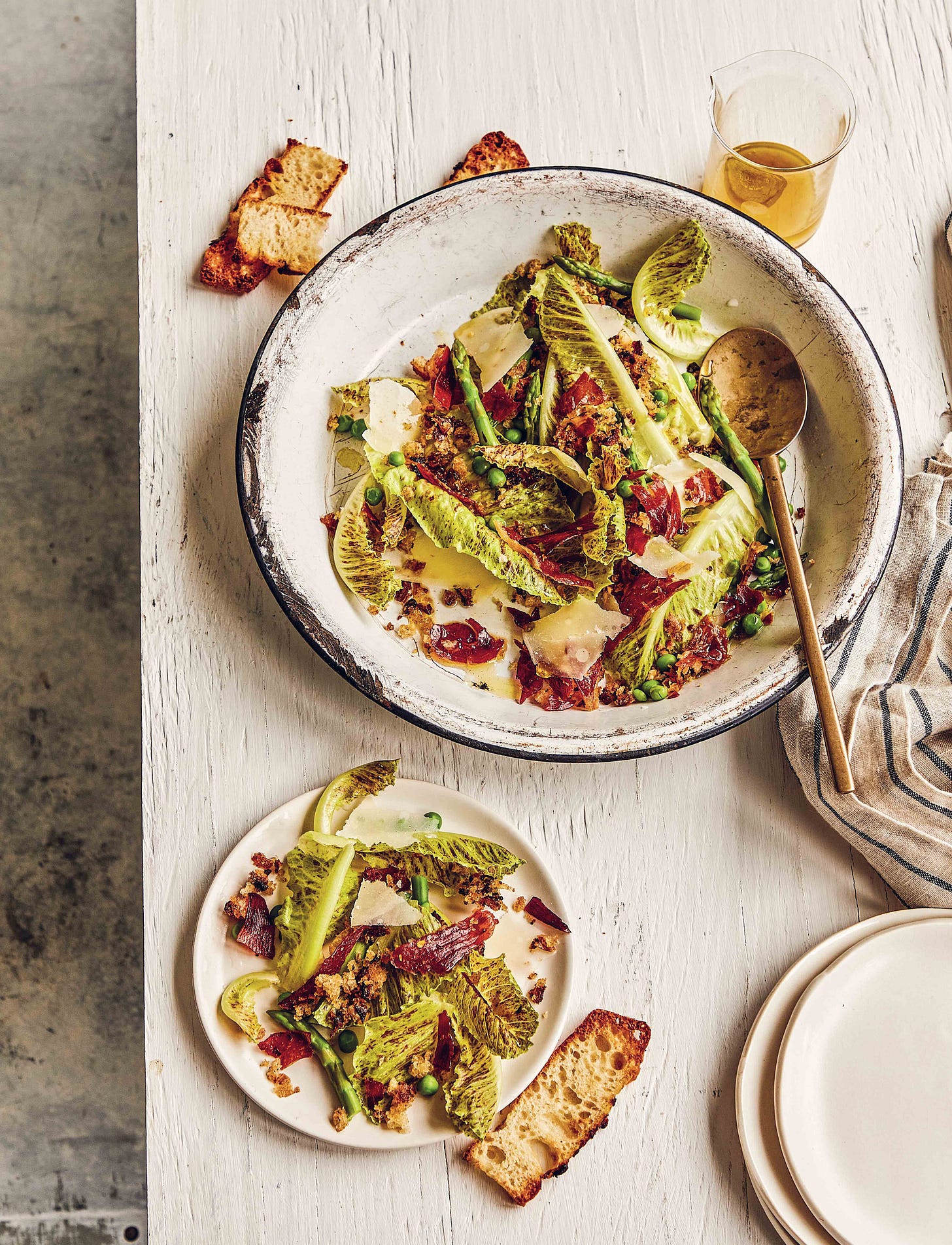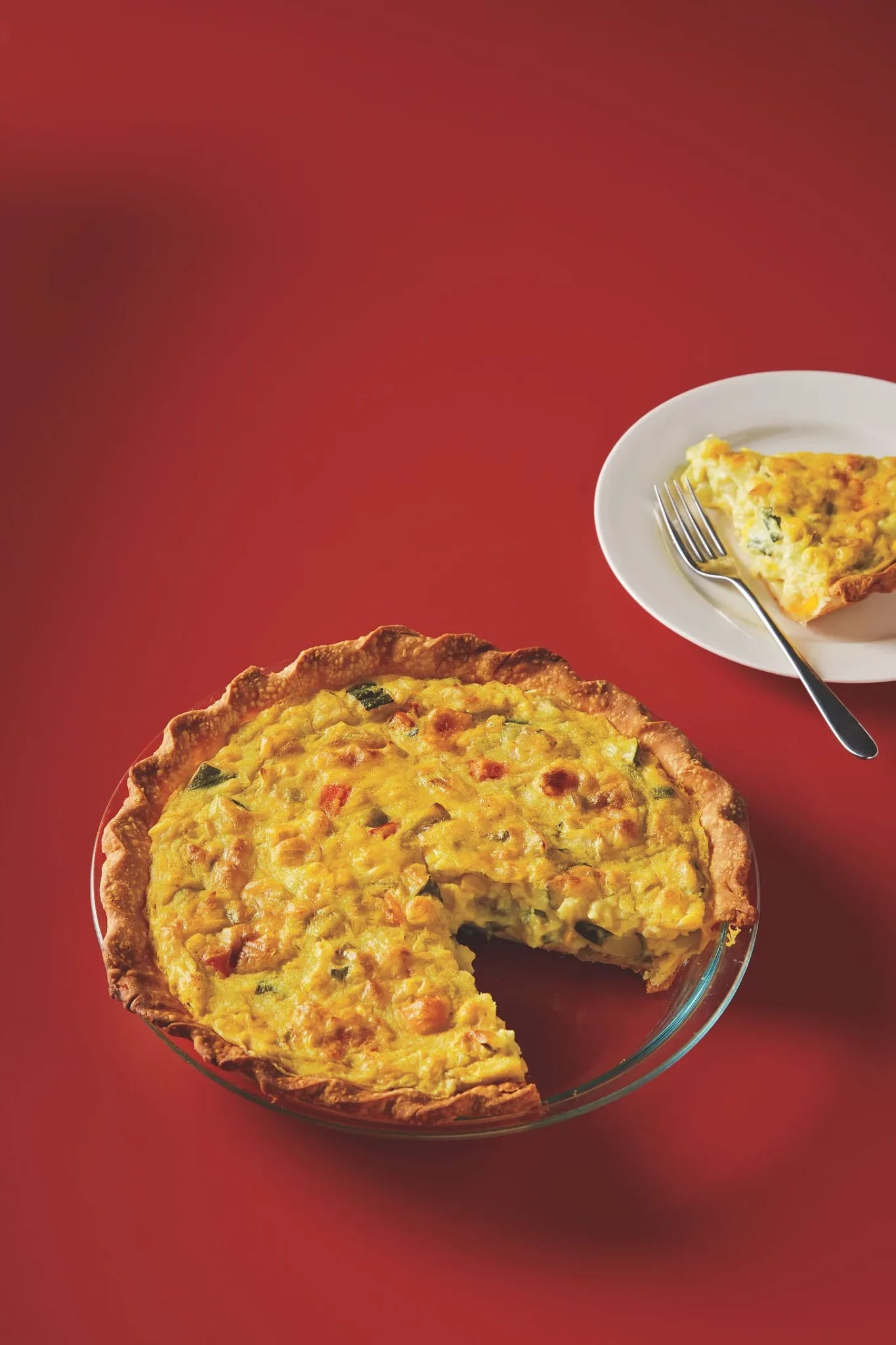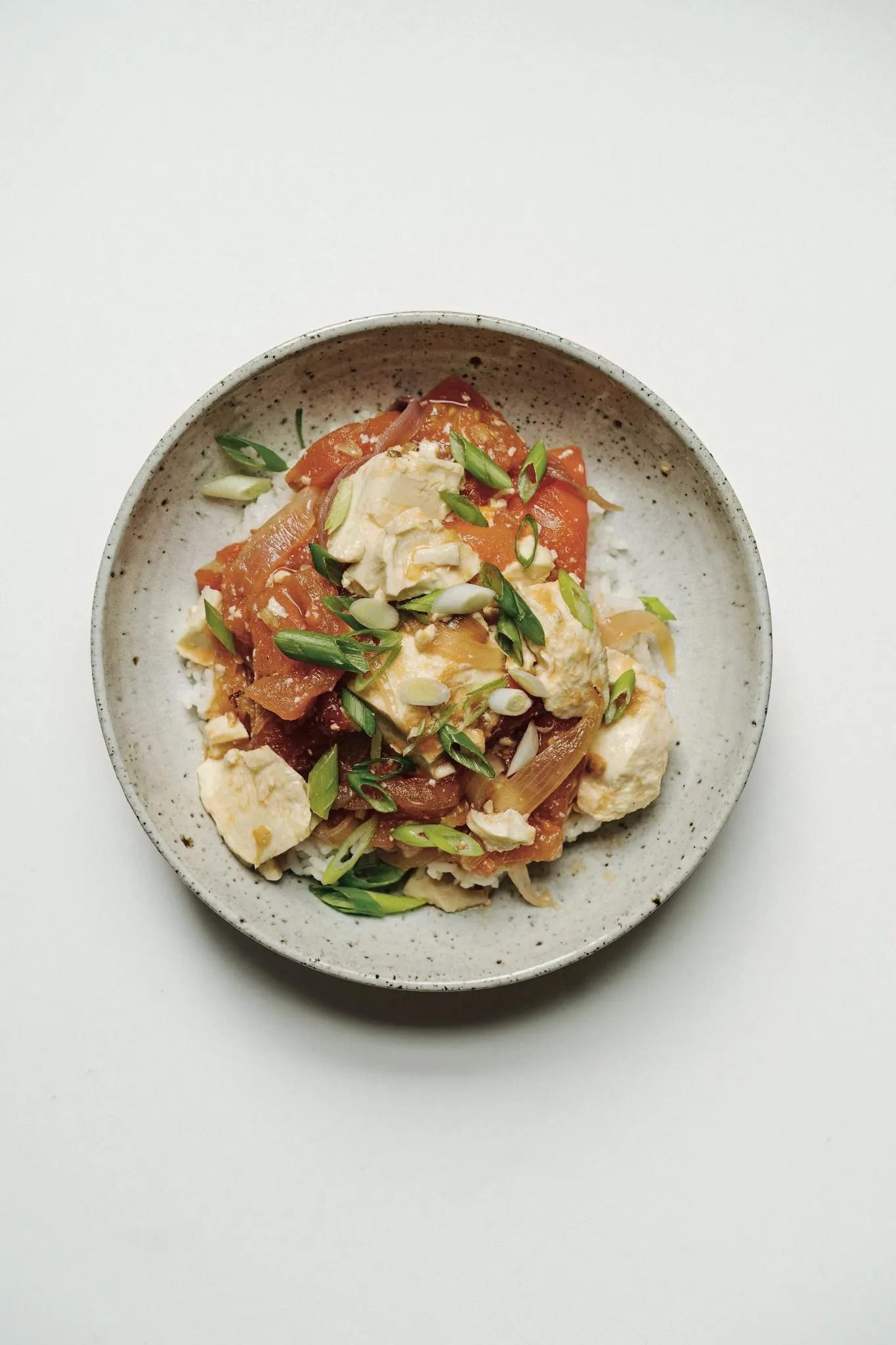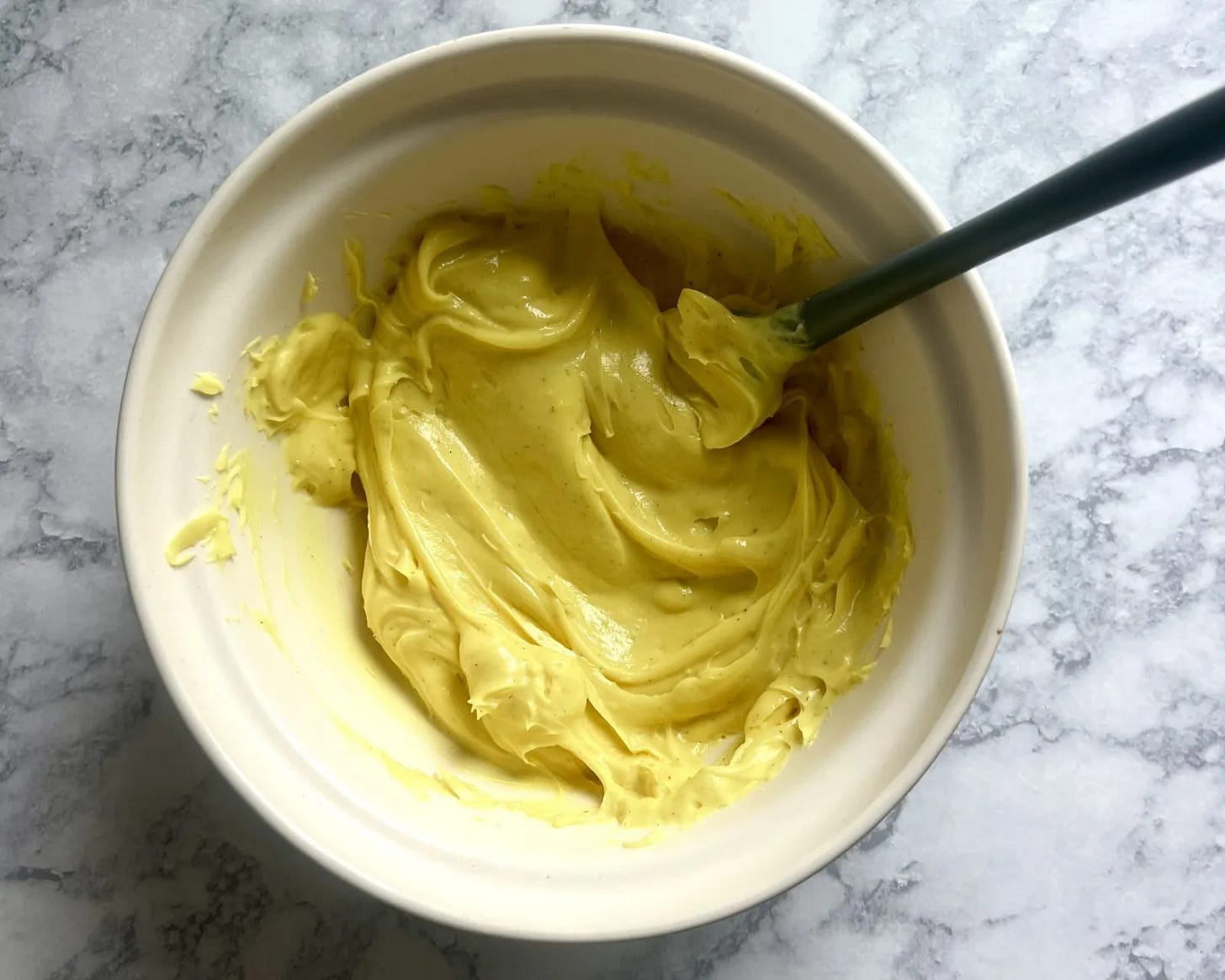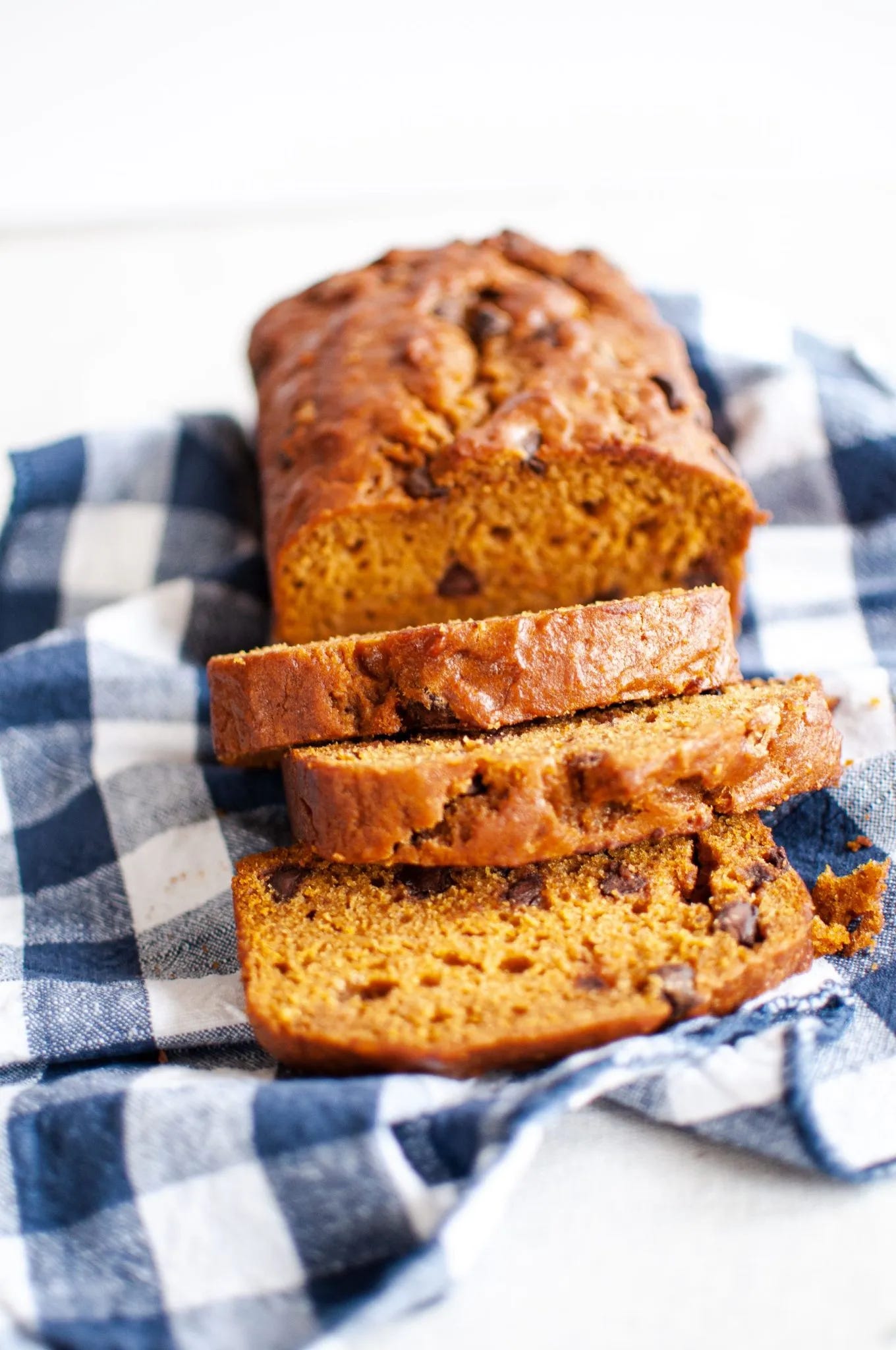Hi! We actually do not live on Substack anymore, but will occasionally be posting here to remind you to visit us at our new home. You can sign up for a membership—and get all of the below recipes—or a free subscription, here.
Within the last few years, I got picky about eggs. I’d go to Whole Foods and buy Vital Farms, or, once Millport Dairy opened near our apartment, I got eggs from them (some say Millport’s eggs are the best you can get in NYC). This meant that I was paying almost a dollar per egg, which felt worth it to me, since the main consumer of eggs in our home is my eight-year-old, Holden, and I’d like to feed him well whenever I can.
Still, I knew there was an option for cheaper eggs. But these days, a dollar an egg is normal. At the rate we’re going, the New York bodega breakfast sandwich will soon be a meal for one percenters only. And even when I want to get my luxury eggs, I’m lucky if they’re available.
All that is to say that, like many Americans, my family has not been eating many eggs as of late. Breakfasts for Holden have instead consisted of cereal, yogurt, fruit, peanut butter—which is just fine. But then the other day, I had an urge to bake, and I know you can bake without eggs, but I wanted a specific cookie that’s absolutely not egg-free.
When one of our staple ingredients is no longer available to us, how can we continue to enjoy foods that have felt commonplace? I reached out to some of my favorite cooks and put together a collection of 10 recipes that should—or usually—have eggs, but don’t have eggs, and yet will still scratch that itch. Because, after all, we have to be flexible.
Suzanne Lenzer’s Miso Caesar with Asparagus, Peas, and Prosciutto Crumble
In her upcoming book, Peckish: Suggestions for the Sophisticated Snacker, food writer—and a former Team Bittman employee, one of the OGs!—Suzanne Lenzer skips classic coddled (or raw) egg in her Caesar dressing, opting for an anchovy and miso substitute. (She also skips croutons and uses prosciutto crisps and breadcrumbs.)
Chilaquiles
The traditional Mexican breakfast dish is often served with an egg or two on top, but take that egg off and you still have a fantastic meal. Ned Baldwin, the chef at Houseman, one of my favorite spots, says that chilaquiles are a popular order from his brunch menu, but that it’s not unusual for people to order them without eggs. And Mark’s chilaquiles recipe doesn’t even call for eggs (it does call for chicken, but that’s optional, too).
Mark’s Mostly Vegetable Vegan Quiche
When we were working on the “new” (it’s almost eight years old now!) edition of How to Cook Everything Vegetarian, I did a bunch of the recipe testing, and was blown away by this eggless quiche. Tofu is the go-to replacement for lots of recipes on their road to veganism, but here we use chickpea batter—to an extraordinarily flavorful effect.
Hetty Lui McKinnon’s Tomato and Tofu
In her wonderful book, Tenderheart, Hetty Lui McKinnon writes about her ten-year love affair with the Chinese homestyle dish tomato and egg. Her updated version uses silken tofu as a stand-in for the egg—slightly different, sure, but just as good, and creamier.
Kerri’s Eggs in the Hole
A reader recently wrote in asking us about how her grandson, who has an egg allergy, could best enjoy How to Cook Everything Kids along with his sister (who doesn’t have an egg allergy). Kerri, Mark’s longtime collaborator, had a terrific response, which included her suggestion for a faux egg in the hole. “To look like an egg cooked in the toast, use silken tofu,” Kerri says. “Choose either soft or firm; that won’t matter. It’s very milky and creamy, without the more pronounced flavor of firm tofus. Whisk 1/4 cup in a small bowl until smooth. Add a little salt if he likes. Use some or all of that to fill the hole in the toast. For the ‘yolk’ you can sprinkle in a pinch of grated orange cheese. (Here’s the recipe to riff off of.)
Mark’s Vegan Omelet
Another gem from How to Cook Everything Vegetarian, but this one does utilize tofu, and does so with great results. Use this recipe as your omelet template, and fill it with whatever you’d like. (We’ve got some suggestions.)
Holly’s Eggless Pastry Cream
For this pastry cream (it’s really just a very thick pudding, right?), our girl Holly wanted to lean into the milky flavor, so she used a combination of evaporated milk and heavy cream. (And she added a little turmeric for color, but it’s not necessary.) For a flavor more reminiscent of a true pastry cream, try adding a bit of Indian black salt — it’s distinctly eggy in smell and taste (see the variations).
Julia Turshen’s Pumpkin Chocolate Chip Bread
Eggs serve as the great stabilizer in many baked goods, binding all the other ingredients together. In this cozy sweet bread from writer Julia Turshen’s latest book, What Goes with What, pumpkin puree takes on that job. It’ll keep well for a few days, and I’d imagine it’s terrific toasted with some butter and flaky salt.
Gramercy Tavern’s Chocolate Crème Brûlée

Karen Demasco, Executive Pastry Chef at New York’s Gramercy Tavern, uses coconut milk to make this beautifully creamy—vegan—crème brûlée. She says the dessert can also be served as a pudding—just skip the caramelizing step.
Ben Mims’s Vegan Carrot-Banana Cake
Bananas stand in for eggs in this cake, both binding the batter and giving it body. If you’re in a hurry, just skip the frosting. Dessert maven Ben Mims—who Mark and I recently loved having on the podcast to talk about his book, Crumbs—says you don’t need it!




